Into the Abyss
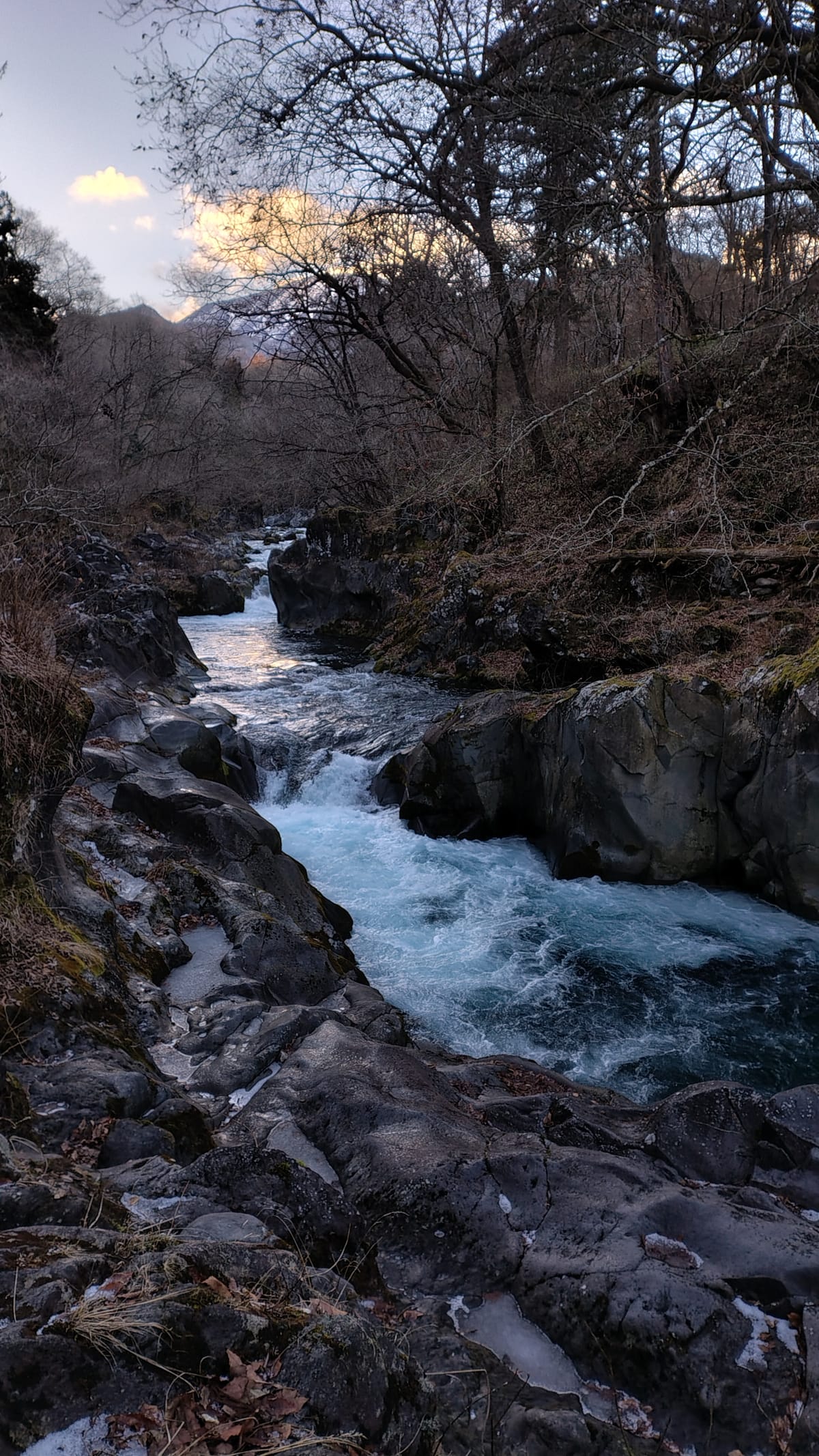
On Saturday afternoon we headed into the middle of Nikko for a quick look around and some lunch.

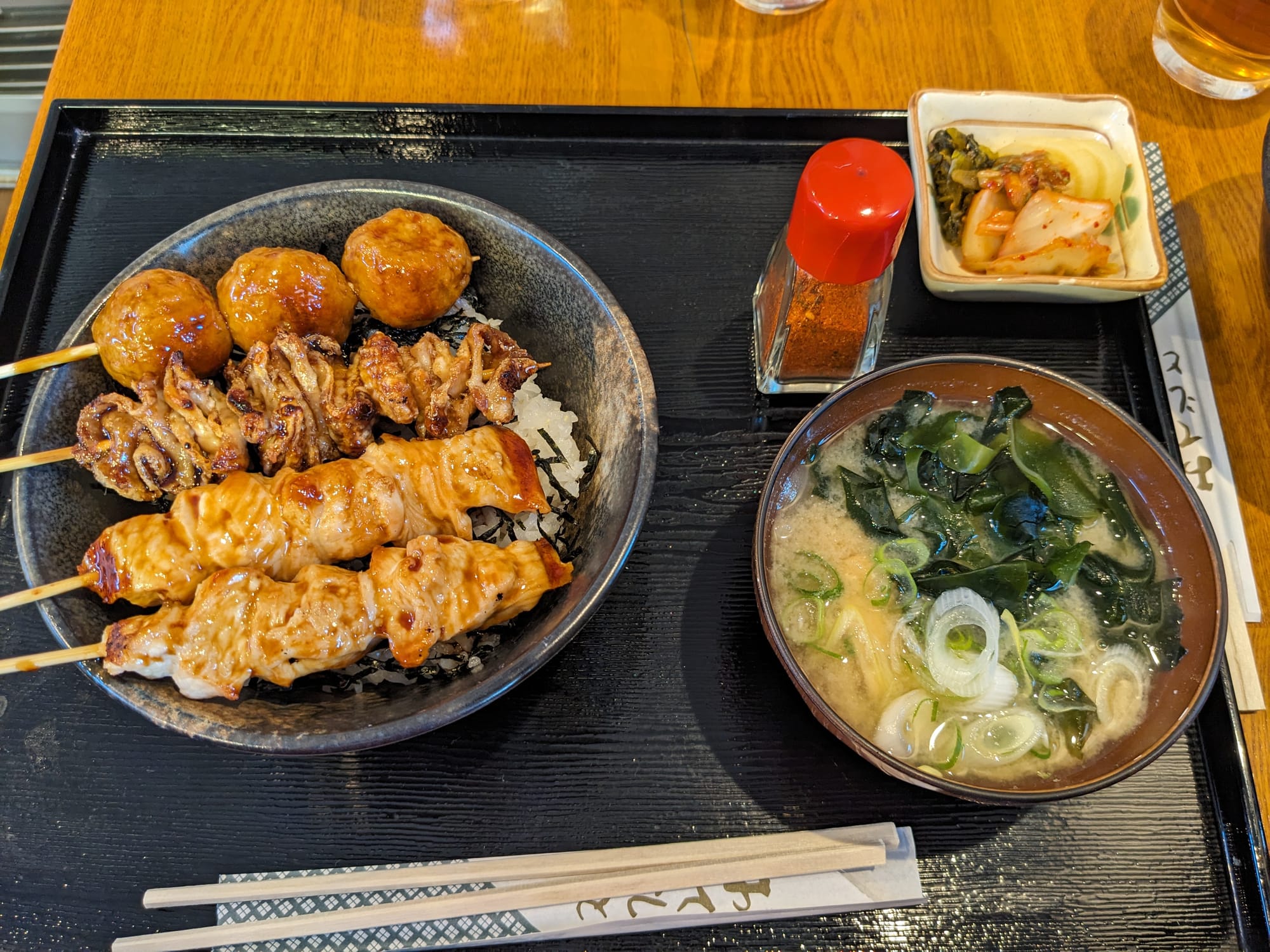
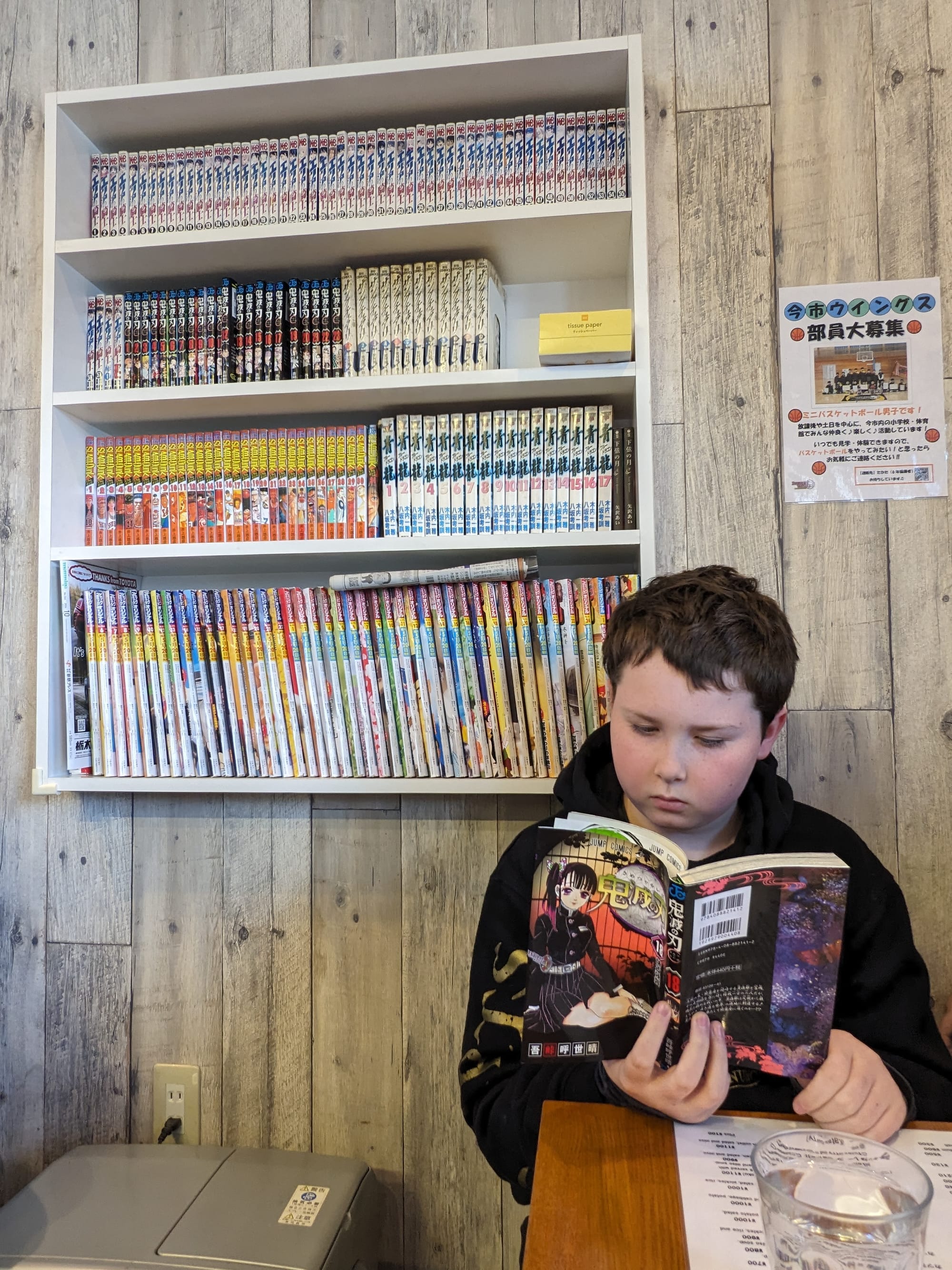
While there we took a drive along (most of – a section the middle is closed to cars) the longest tree-lined avenue in the world – the Nikko Avenue of Cedars. A and I both thought it had lots of unrealised tourism potential.


Since we were over halfway there, we also somewhat tricked the boys into another walk. On the pretext of "checking it out" (I honestly didn't know how big or worthwhile a walk it was), we headed out to the Kanmangafuchi Abyss. As it turns out, the answers to my questions were "not that long if you don't want it to be" and "definitely worth it".

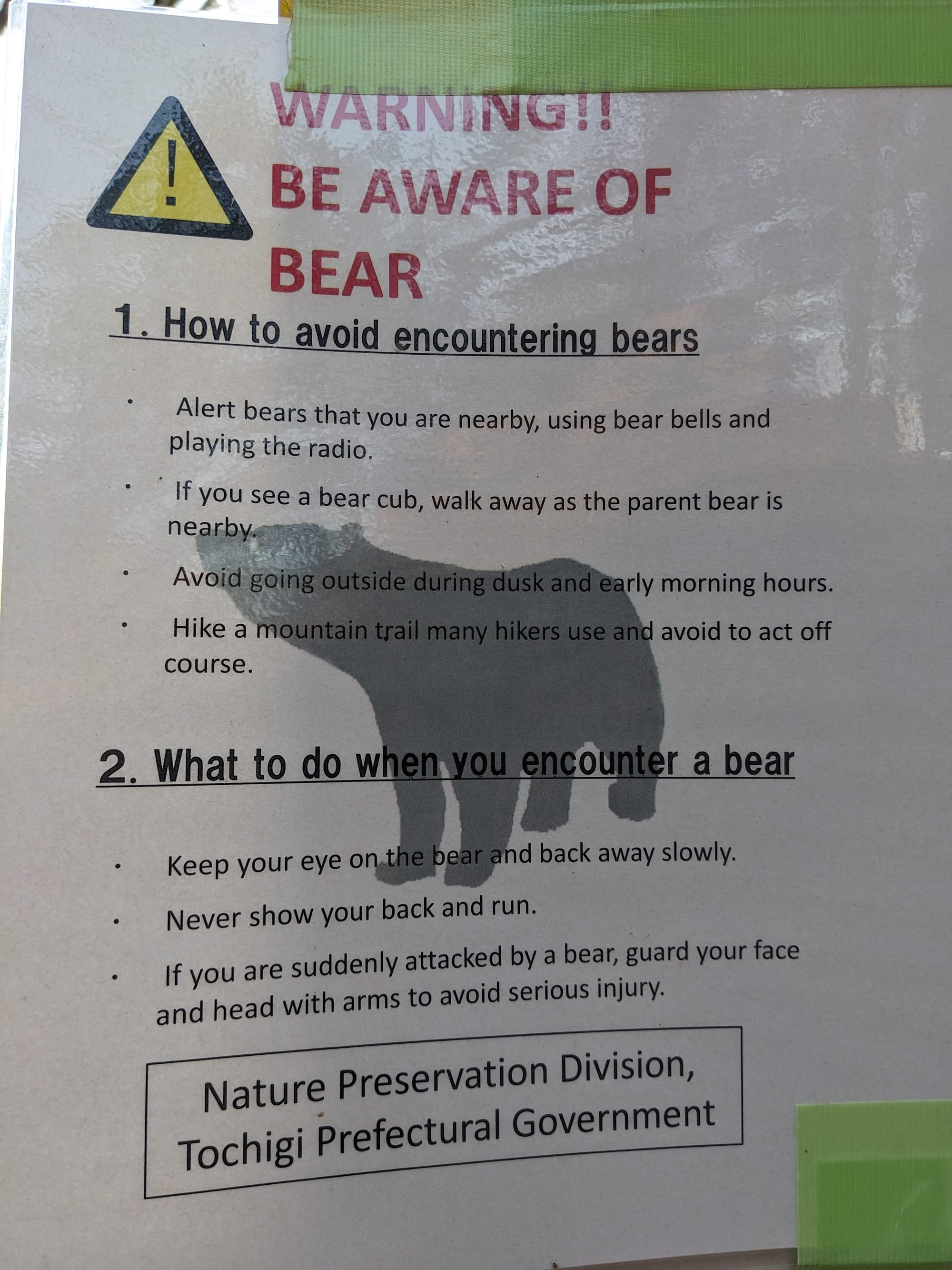
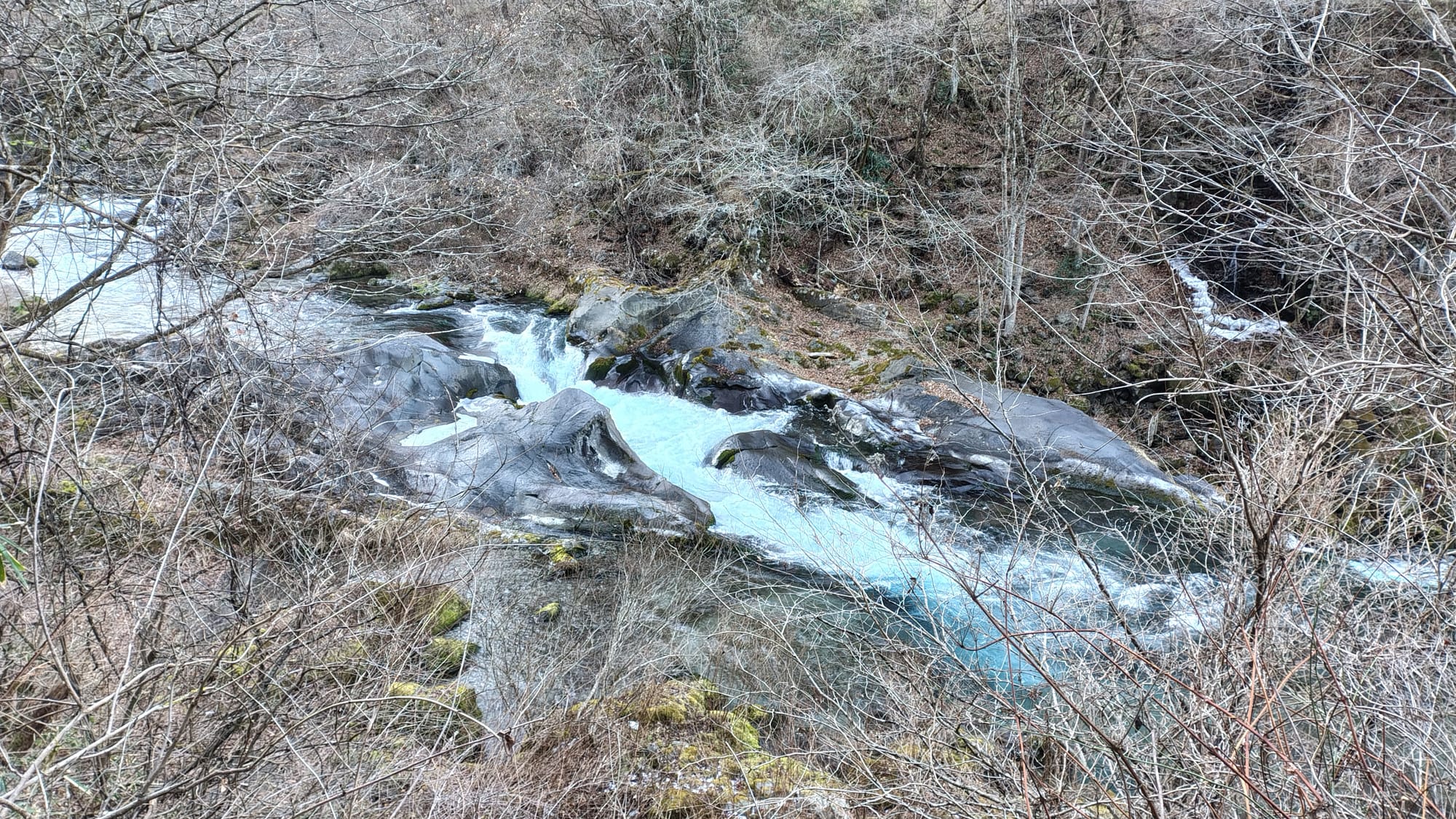

The abyss (seemed a bit of an overstatement to be fair) is a beautiful but not that deep or abyssal river gorge. Along the path we took there were also a few shrines (originally over 700 years old, but rebuilt in the 1970s after being destroyed in floods in 1902), and a famous series of statues – also somewhat infamous for never being counted the same by visitors on the way out and way back (this was borne out by us as well – J counted 104 on the way out and 116 on the way back).
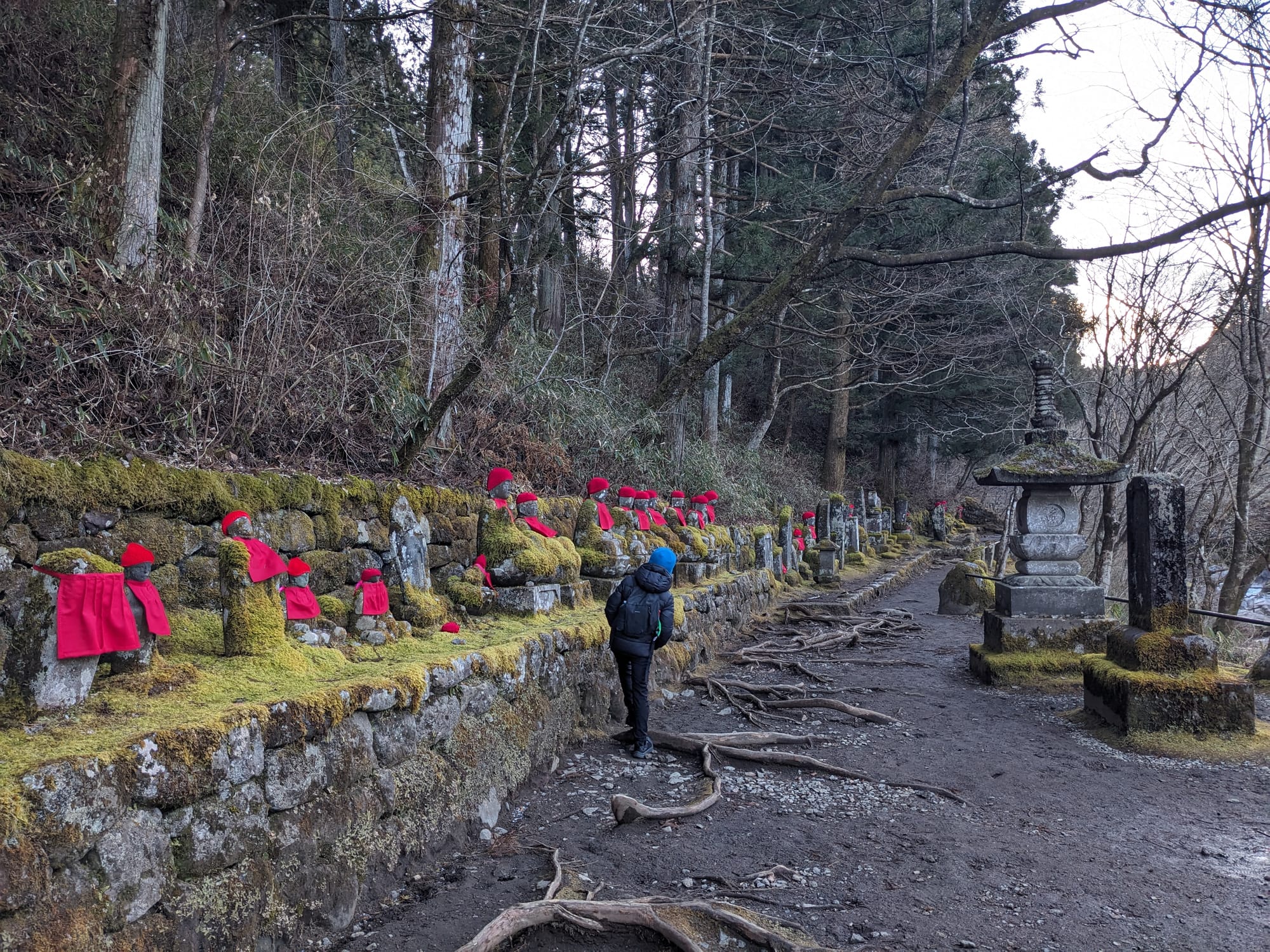
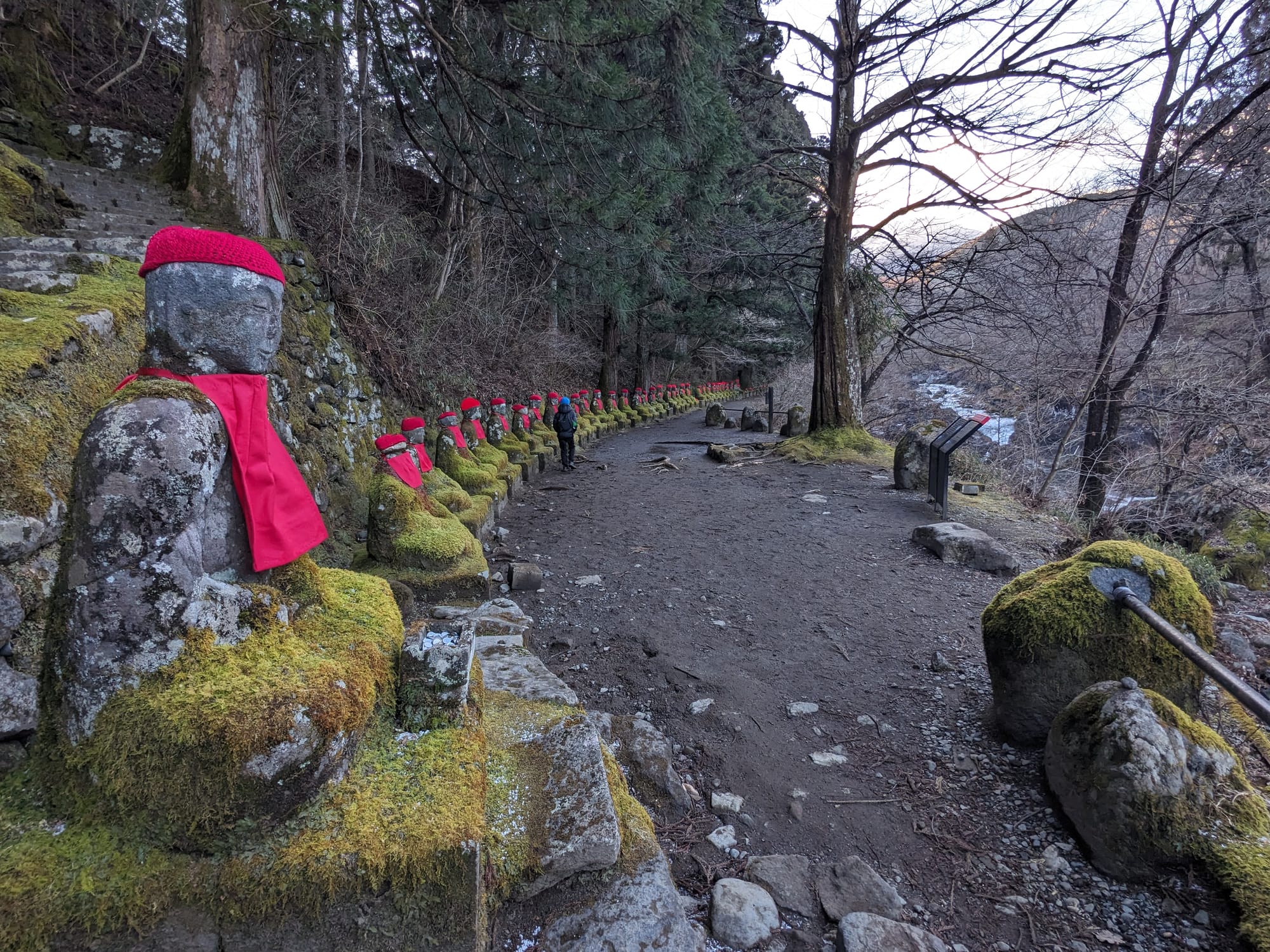
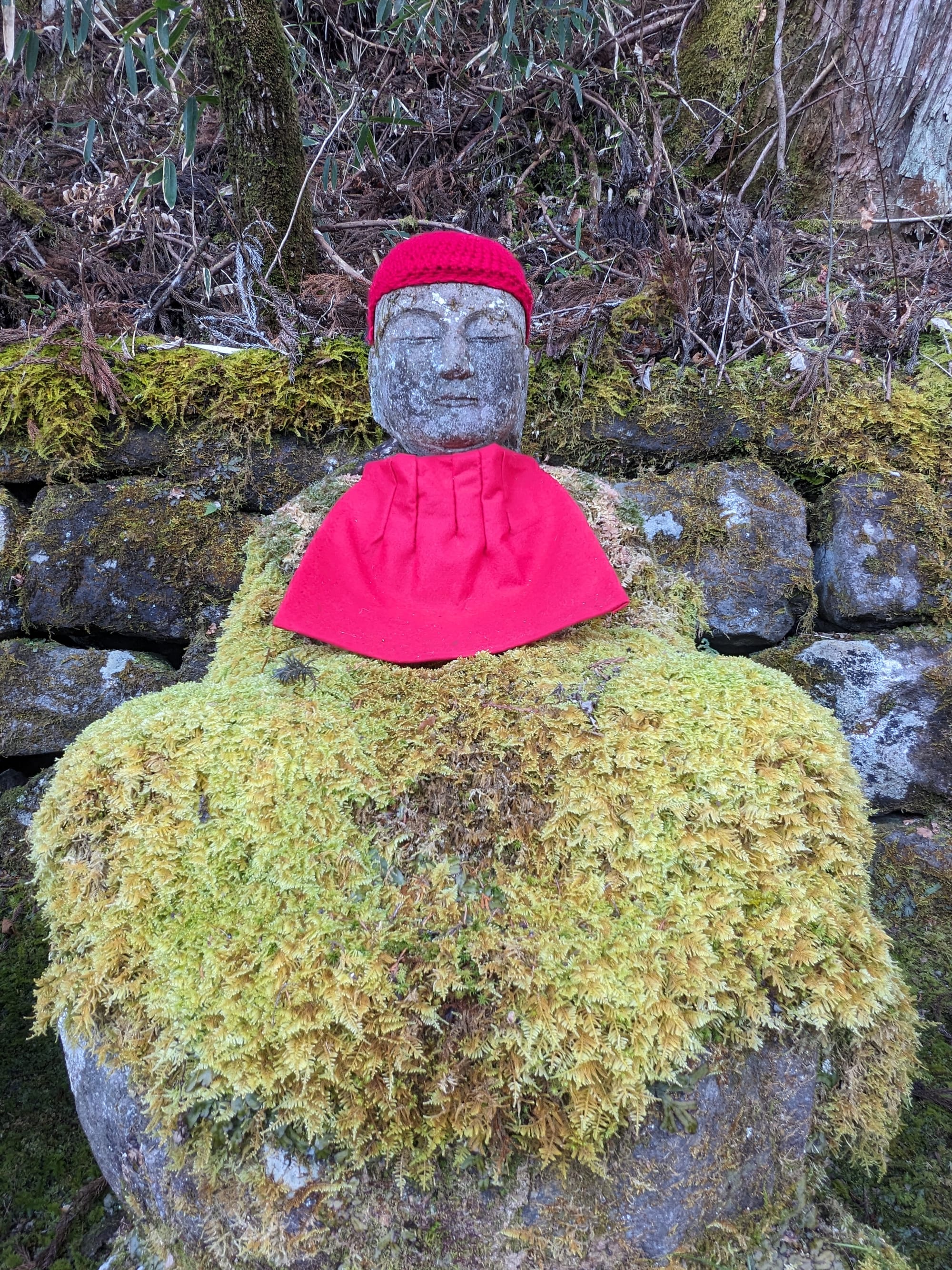
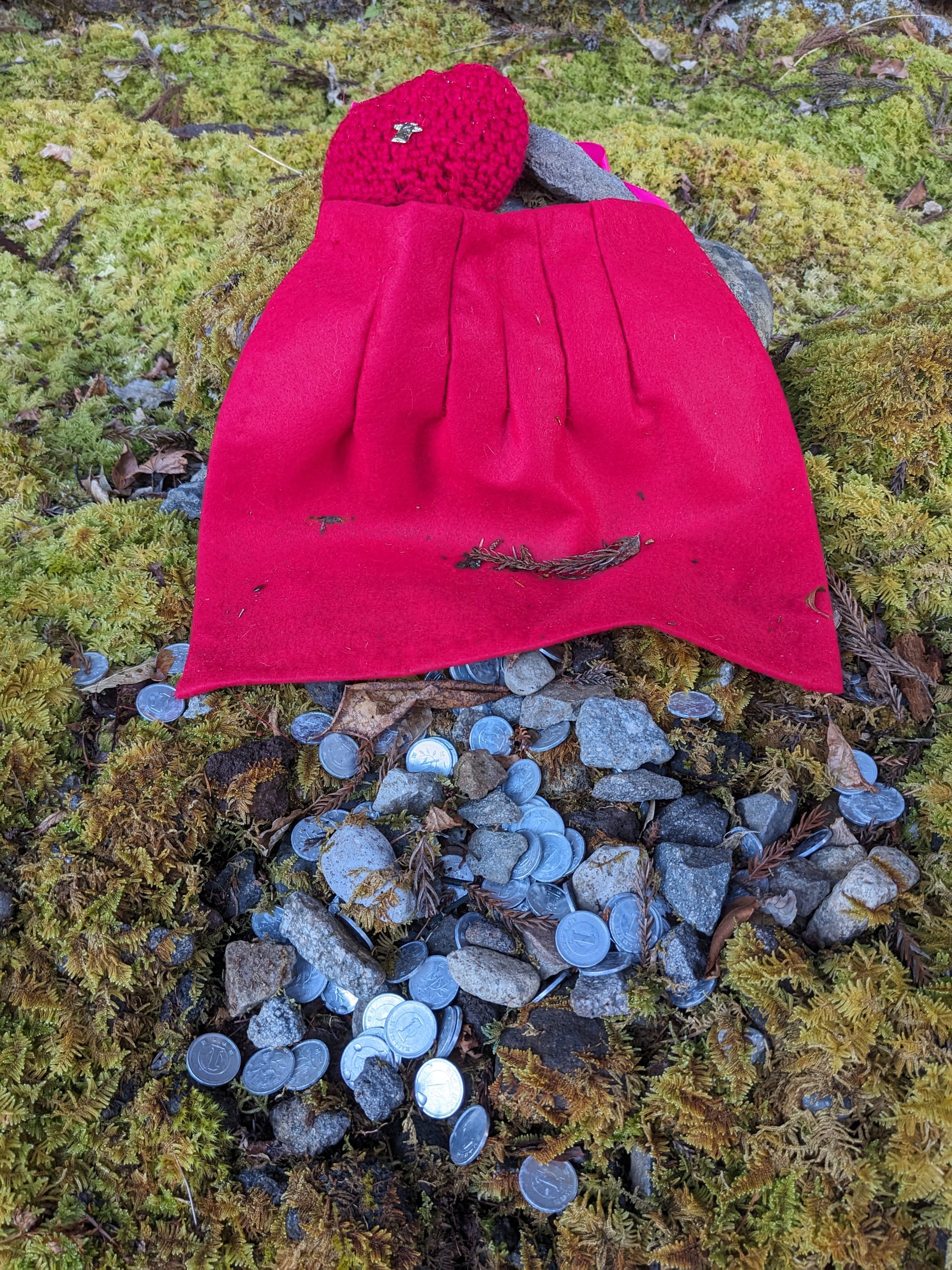
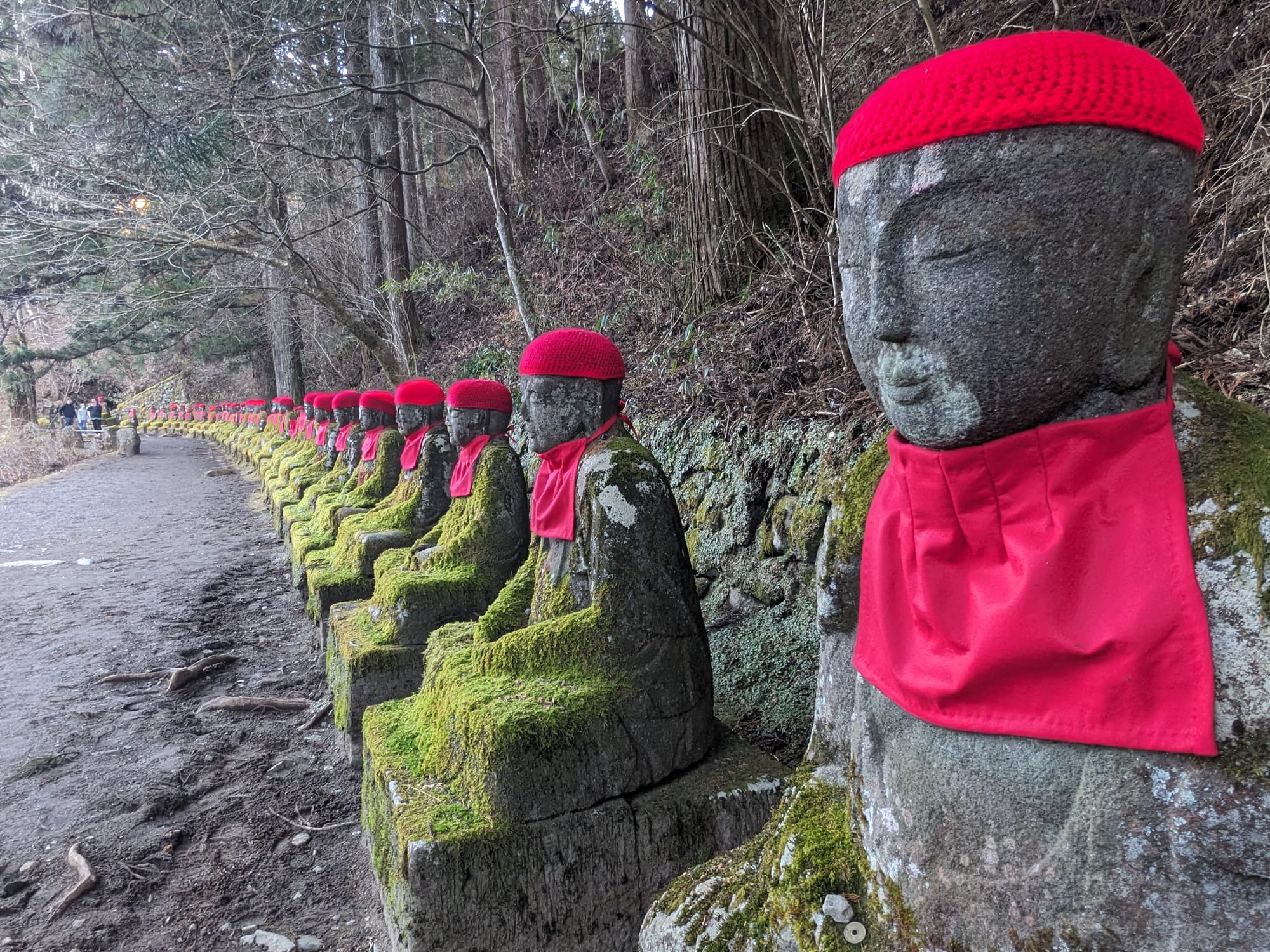
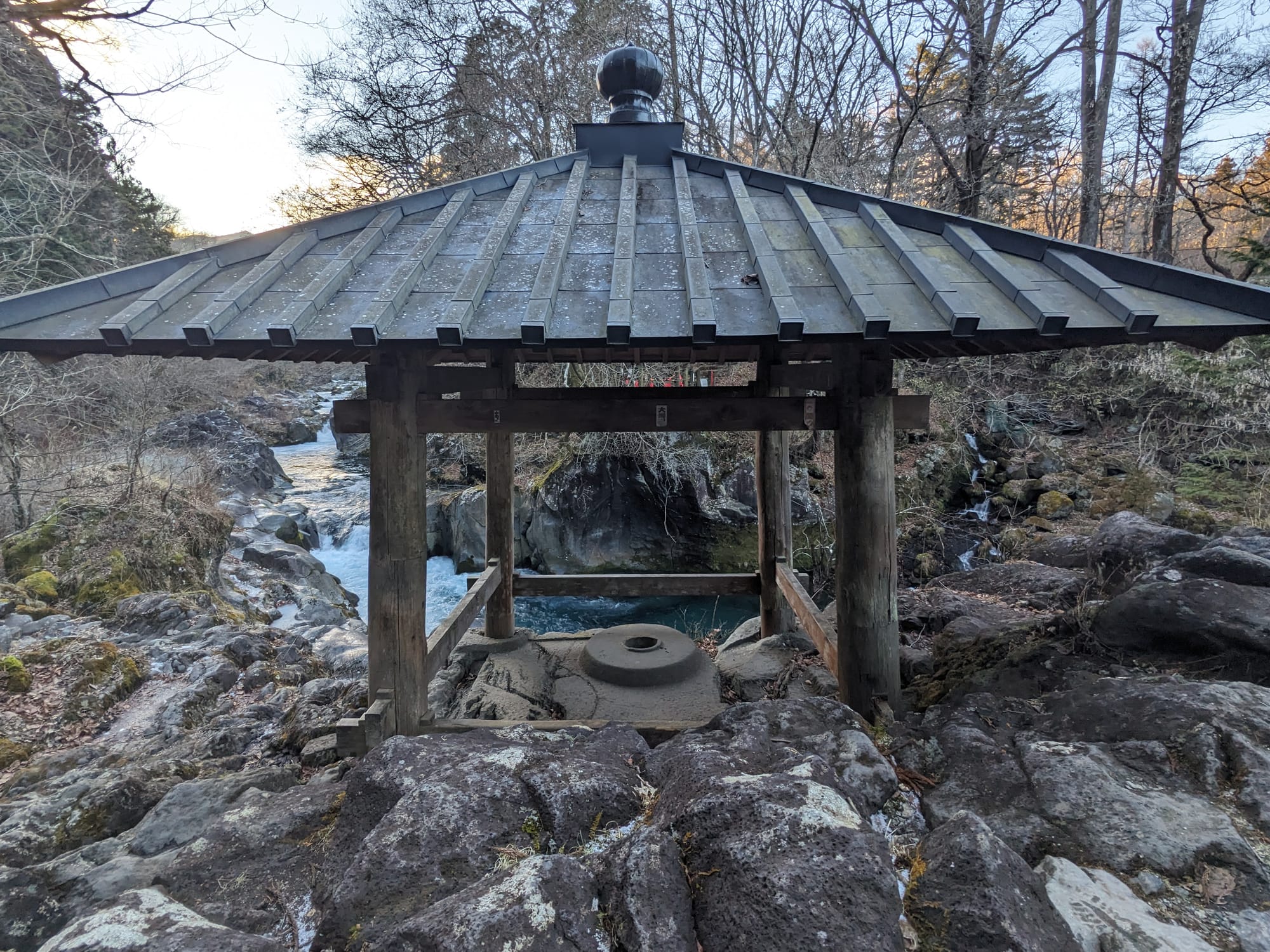
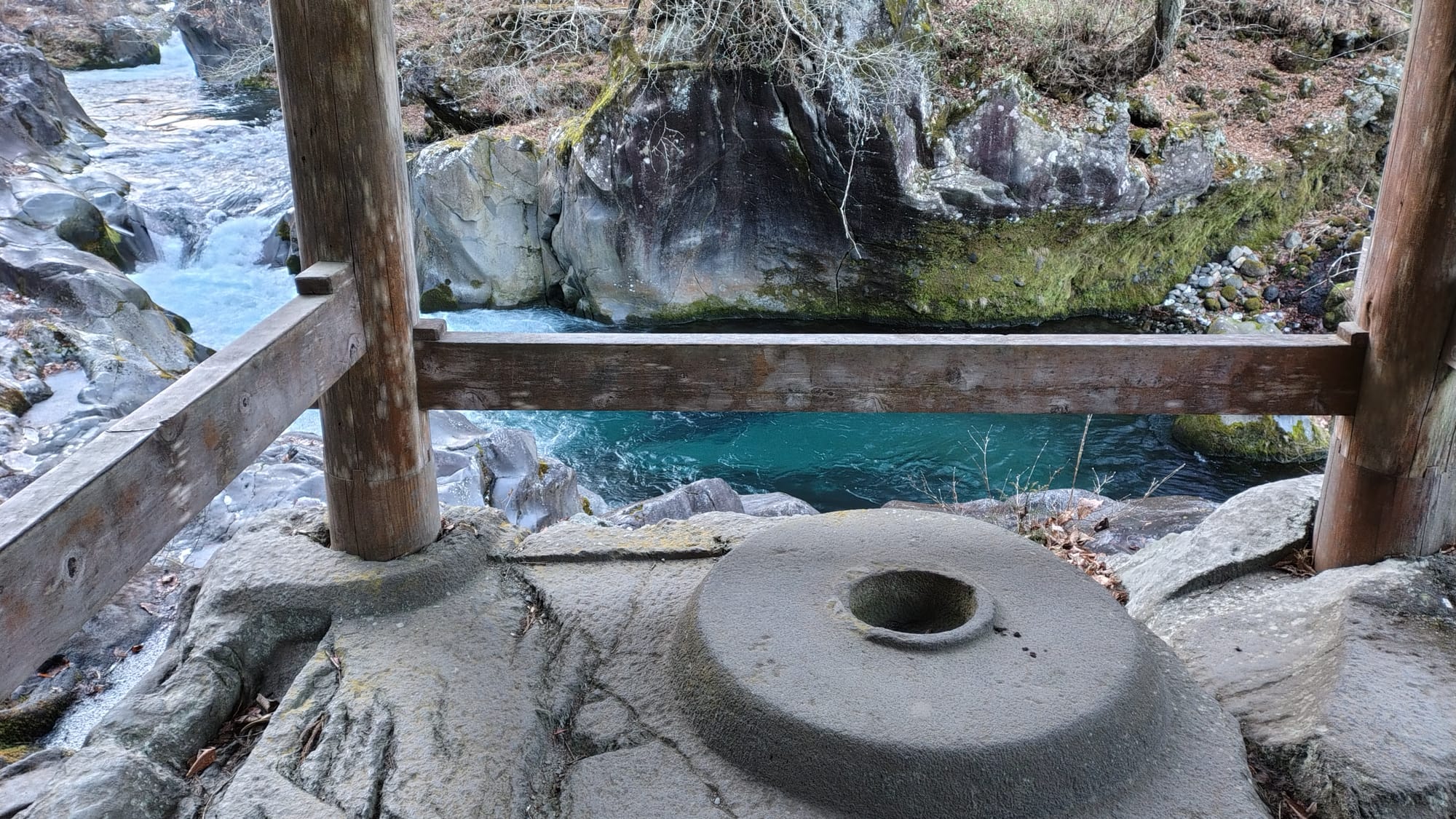
It was quite a chilly walk (about 3°C by the time we got back to the car), and the amount of ice around the river and along the path was evidence that it had been consistently colder for a while. F spent a solid 10 minutes, a broken stick and a broken rock in a range of attempts to break the ice in a small pool beside the main track. He had some minor success.
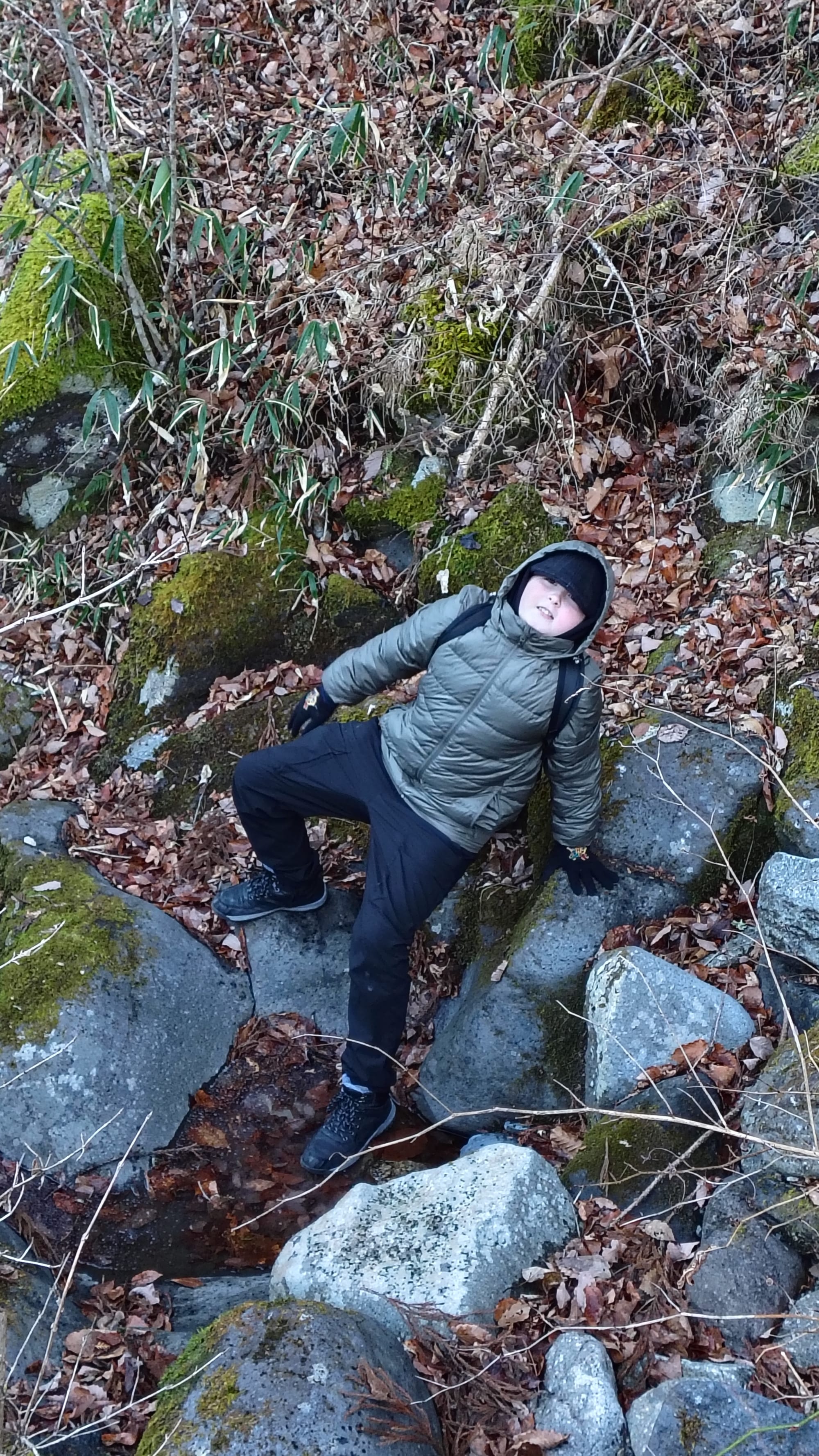
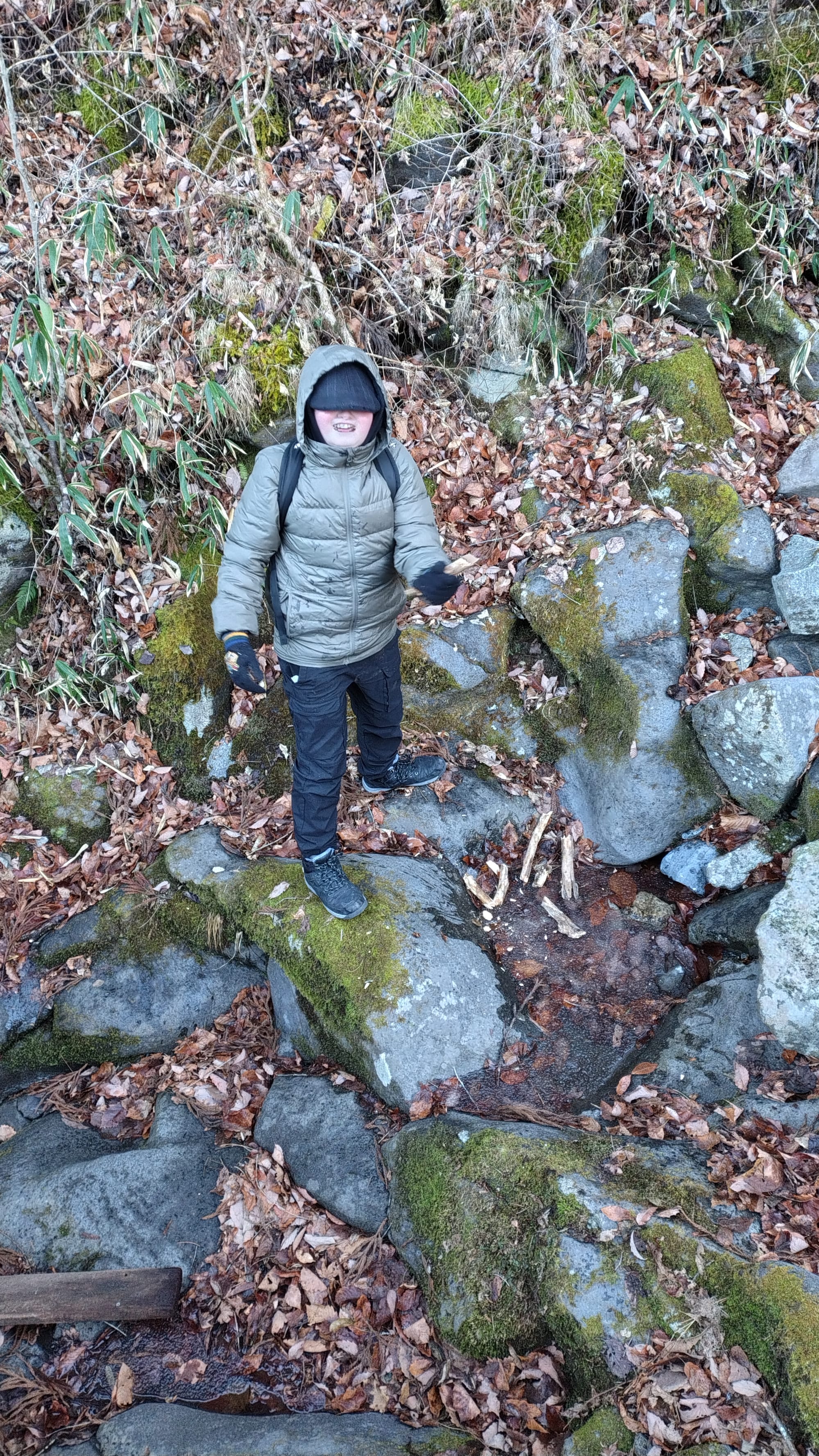
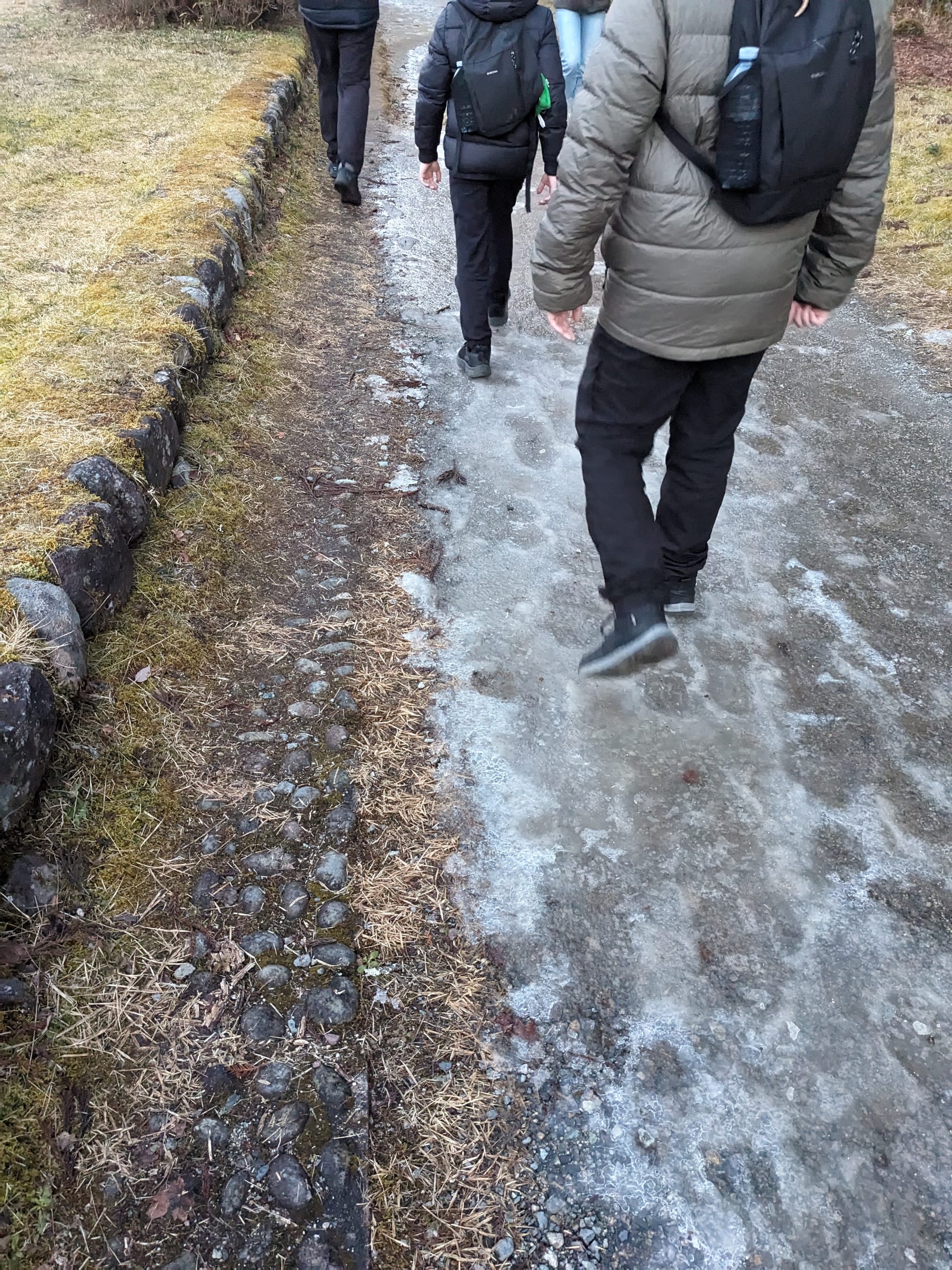
At the far end (and part way through) we also came across a series of engineering works on the waterways, some of which looked quite old. After a bit of sign translation we ascertained that these were associated with diversions and hydro-generation on the river. Not sure how functional they still are, but they did look cool.

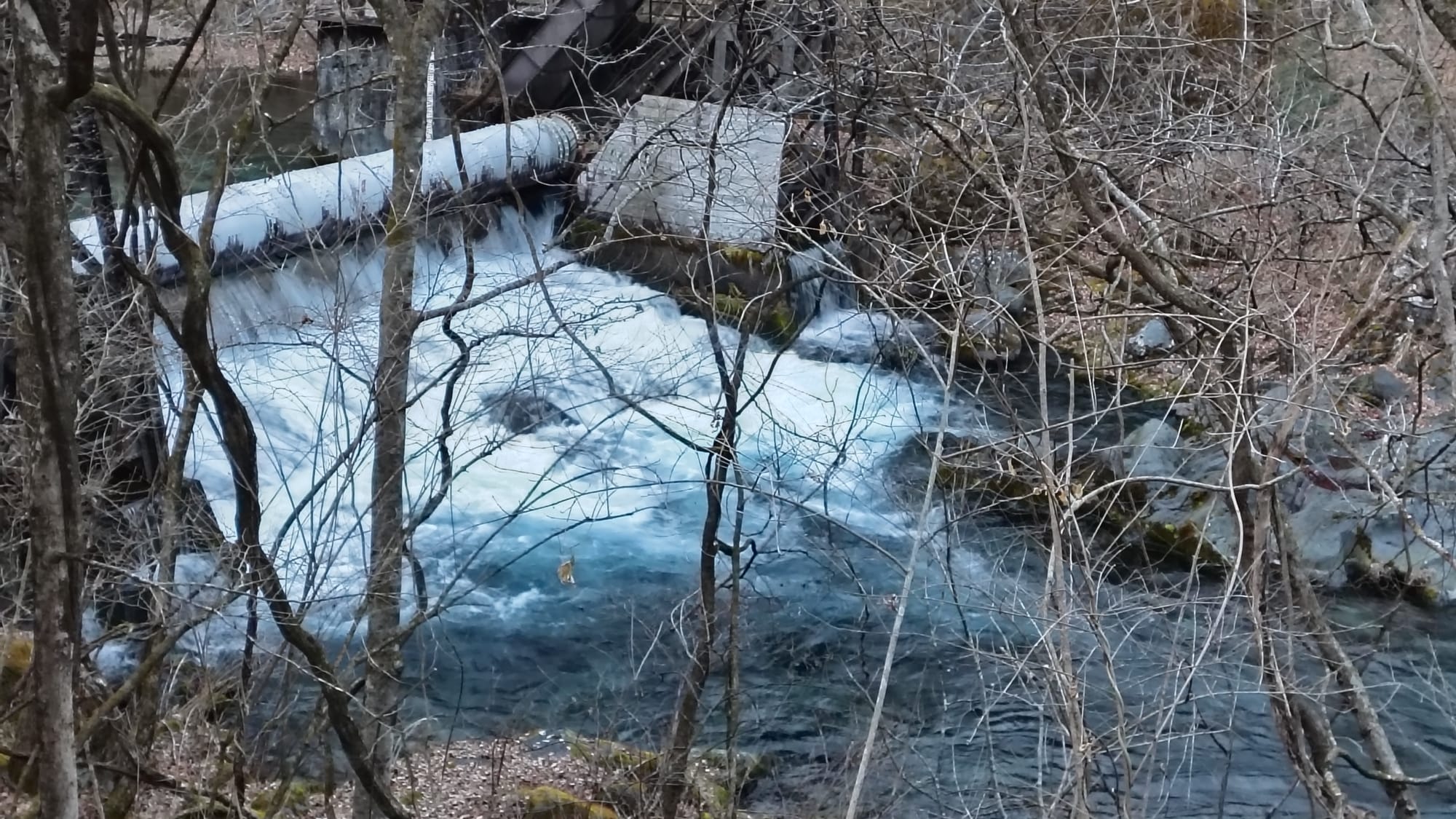
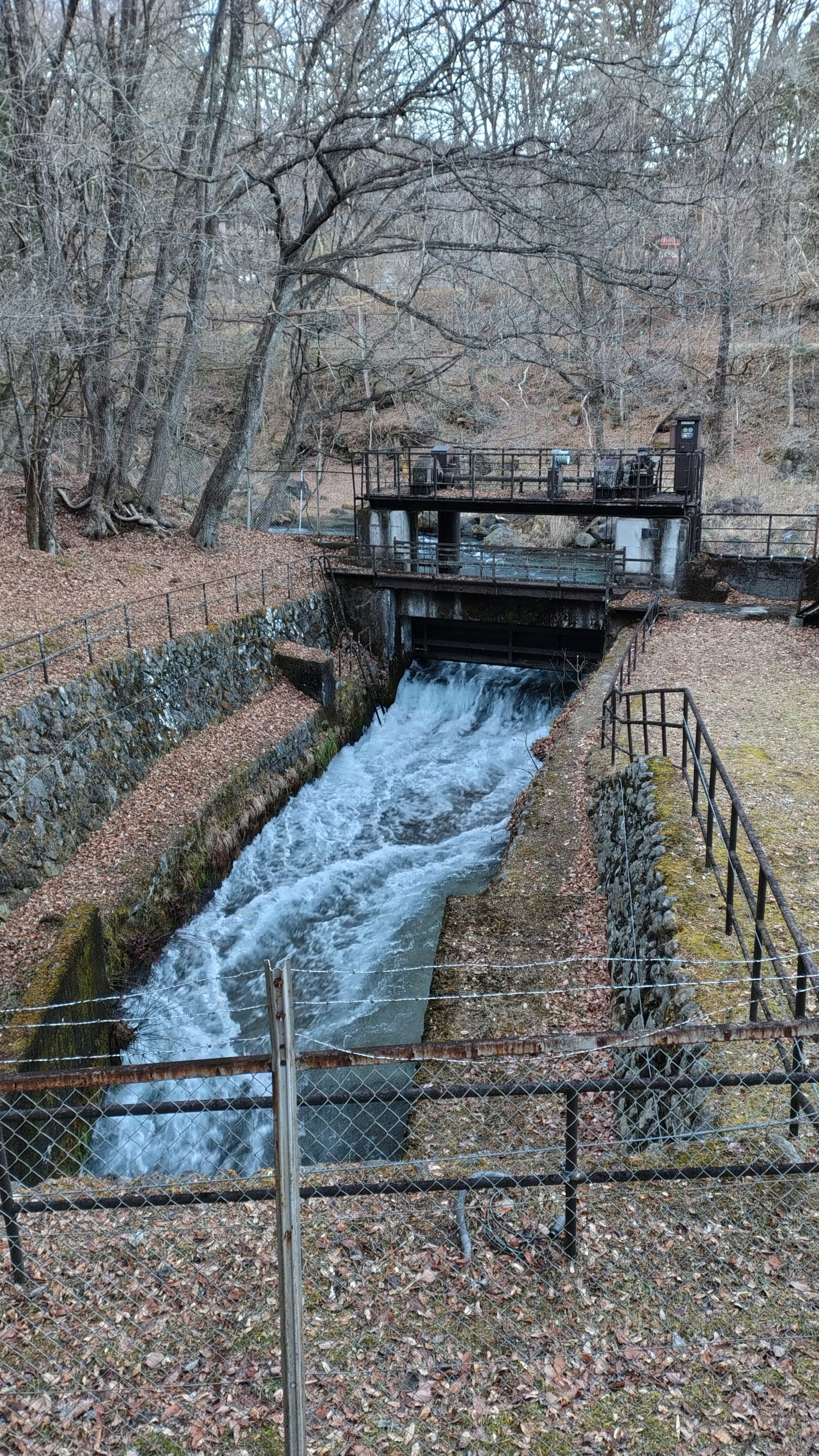
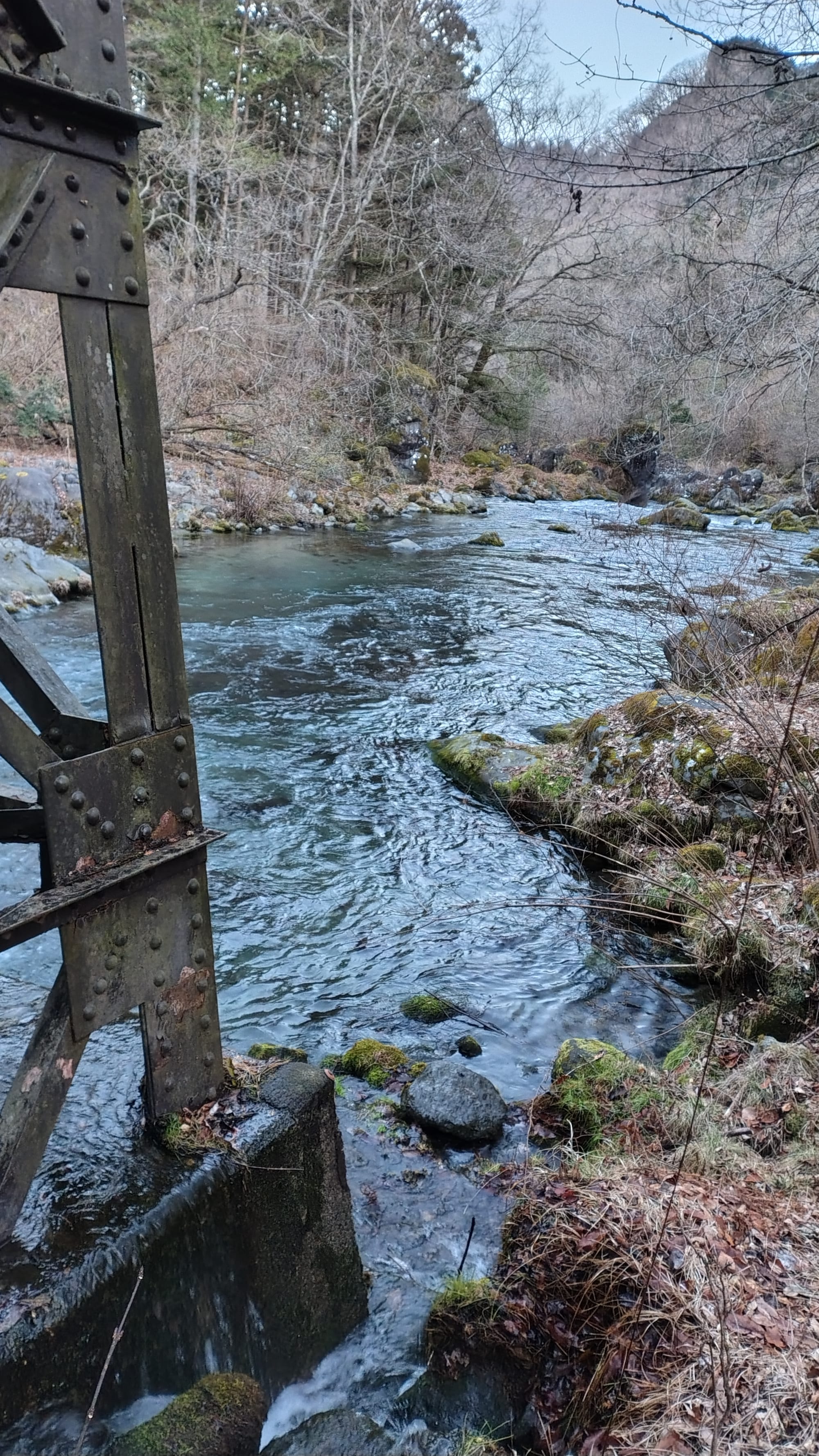
And then it was back home for one of our cheapest dinners of the trip (under $AU7.50 for meat and veg for all of us – groceries can be quite cheap in Japan) and off to bed.
